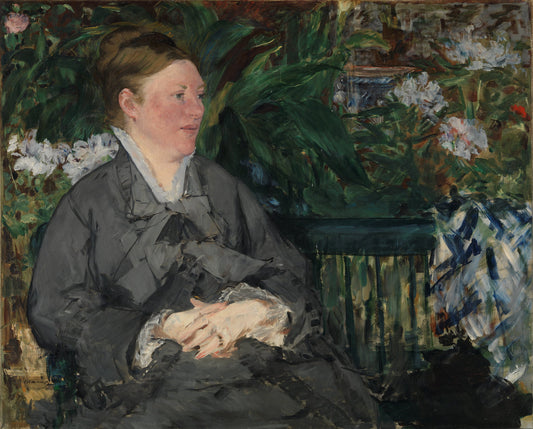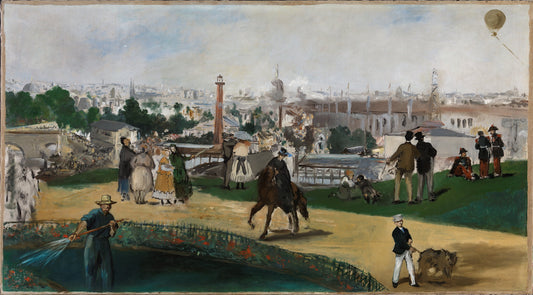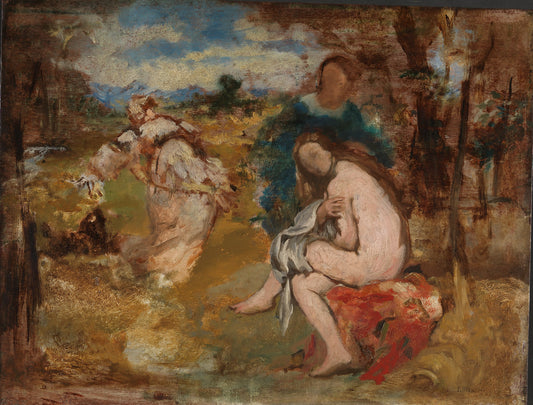Collection: Édouard Manet
-
Mme Manet in the conservatory
Vendor:Édouard ManetRegular price From 150,00 NOKRegular priceUnit price per -
From the World Exhibition in Paris in 1867
Vendor:Édouard ManetRegular price From 150,00 NOKRegular priceUnit price per -
Moses exists
Vendor:Édouard ManetRegular price From 150,00 NOKRegular priceUnit price per



